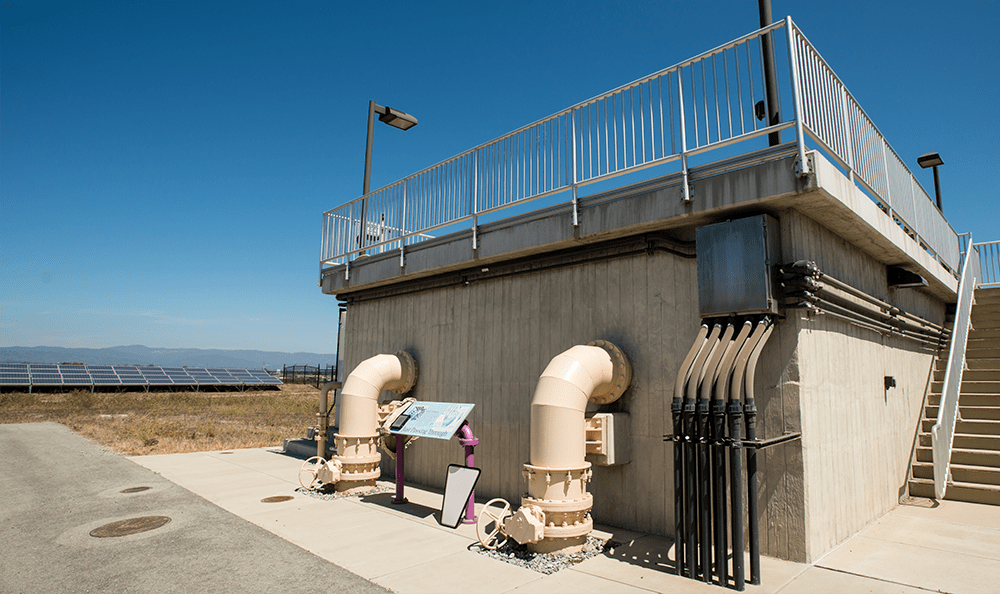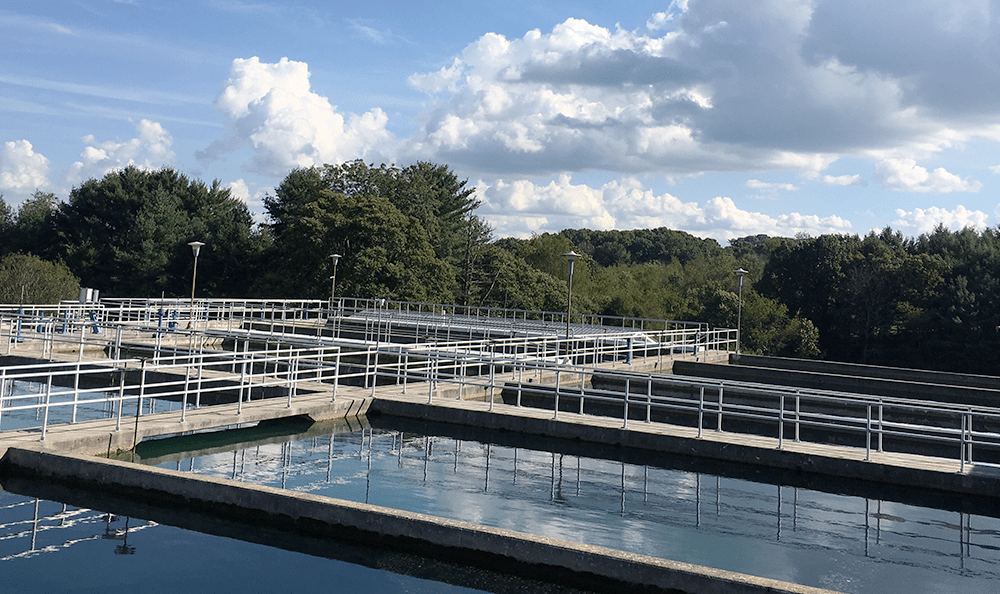In order to provide us safe and sanitary conditions, wastewater systems depend heavily on reliable lift station operation including pump control. Pump control is the heartbeat of many industrial processes, and this couldn’t be more true for lift stations. Whether the task is basic lead-lag duplex pump control, or a more complex monitoring and control scenario, ControlByWeb I/O devices and level sensors provide consistent performance you can count on.
Our industrial I/O controllers and data acquisition modules are used for:
- Level Measurement
- VFD Control
- Hour Metering
- Remote Data Acquisition
- Pump Control
- Pump Condition Monitoring
- Pump Alternating
- Local and Remote Alarms
With one or two I/O modules, ControlByWeb allows you to do all of the above at the cost of hundreds, not thousands. Lead-lag pump control can be facilitated with pump alternating logic, run time data logging, and remote alarms that notify operators of fault conditions. No matter how big the pump station (duplex, triplex, or quadplex, etc.), our flexible I/O devices can improve your control system and give access to more control at lower budgets.
Pump control is in many ways the heartbeat of modern manufacturing and infrastructure. This is no more apparent than with wastewater lift stations. Without them, we couldn’t have the modern sewage systems that make life comfortable and sanitary. Lift station control keeps wastewater flowing away from our homes and businesses and towards a treatment facility where it can be safely processed.
Carefully monitoring the lift station is key to proper pump maintenance and seamless operation. Failure to do so can result in a Sanitary Sewage Overflow (SSO). SSOs are both dangerous and expensive. Hiring a pump truck to bypass the station while it is repaired is very expensive, EPA fines can be exorbitant, and the both the natural and human environments are compromised.
Our comprehensive suite of products allow engineers and control systems integrators to mix and match I/O with an intelligent custom logic builder for a tailor-made, budget-friendly lift station pump controller.
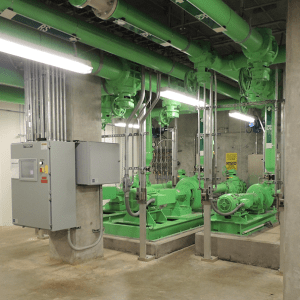
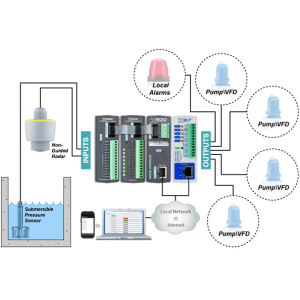
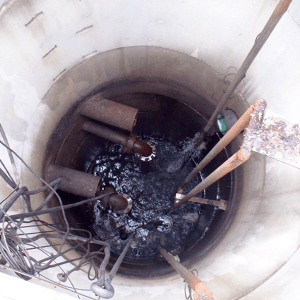
Features That Make a Difference
- Expandable I/O
- Monitor Analog, RS-485 Modbus, and Digital Inputs
- Analog Output for VFDs
- Multiple Alarm Solutions
- And much more…
Common Lift Station Problems

Expensive Monitoring
Access to additional monitoring such as pump status and fault condition monitoring requires additional I/O and can dramatically increase the cost of the monitoring solution.

Insufficient Alarms
On-site alarms are insufficient to notify operators of emergency conditions, and remote critical alarms often leave out helpful maintenance notifications.

Lack of Scalability
Lift stations vary wildly in their complexity, modernity, and available budget. However, industry standard control systems don’t scale up or down easily.
ControlByWeb™ Solutions

Affordable Functionality
Industrial-grade, inexpensive and flexible I/O empowers control systems engineers and municipalities to monitor more, like pump status and fault condition, for the allotted budget.

Text & Email Alarms
Text and email alarms can be triggered easily in our built-in setup pages for any parameter you are monitoring, making it easy to communicate with your operators in real time.

Expandable I/O
Easily configure a solution that matches your needs and your budget. Whether you’re working with simple float switches or a VFD driven quadplex pump station.
How Lift Stations Work
They are known as lift stations because they pump the wastewater up and allow gravity to take over as it flows toward the next lift station. Mountainous or hilly areas will have fewer lift stations because they have more slope to work with. But flat areas need more lift stations to engineer a slope where it doesn’t naturally exist.
Lift stations consist of:
- A well where wastewater collects,
- Pumps that move the water once the well is full enough, and
- Controllers that monitor the well and send signals to the pumps, operators, and a central control system.
The most common lift station is a duplex lift station using a lead-lag pump configuration. Our X-420 programmable I/O controller is a great solution for this type of lift station with 2 relays and 4 inputs that can handle analog or digital signals.
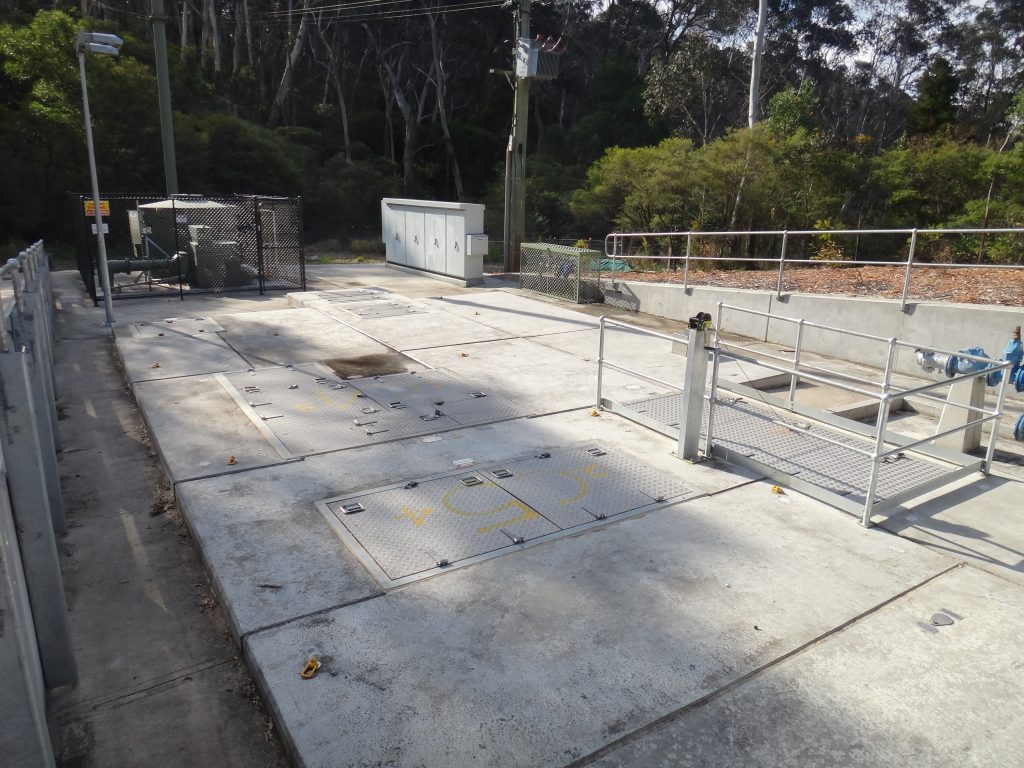
FREE LIFT STATION CONTROL CONSULTATION
Case Study: Ohio Valley Control Systems

Ohio Valley Control Systems is a company that designs control systems for water and wastewater projects throughout the Ohio River valley. Scott McComas, principal at Ohio Valley Control Systems relies heavily on ControlByWeb programmable I/O controllers due to their reliability, affordability, and inherent flexibility.
McComas was looking for something that would easily allow remote access to process data with on-board logic that wouldn’t be compromised by outside factors like network connectivity. He needed scalability for larger projects and simplicity for smaller installations. He was about to begin the process of designing his own control boards when he found the perfect solution in ControlByWeb’s I/O modules.
Ideal Flexibility
For lift stations, McComas prefers the 400-Series products. He found the duplex lift station works best with an X-420. He monitors well level, pump run status, and fault status and sends pump start and stop signals. He also programs pump alternating logic. The email/text alarm functionality handles the low, fault, and high alarms, and makes lift station management much easier for his customers.
He can do all this on one X-420 controller. The 2 digital I/O can be programmed as either inputs or outputs, and in this case, provide control signals for pumps. The 4 analog inputs can also be programmed as digital inputs using the “Digital Input Mode”. So McComas can monitor fault and run status by changing the settings on each individual analog input.
McComas prefers a 3″ HMI screen with an Ethernet input which directly communicates with the X-420 using Modbus TCP/IP for local display and programming. Monitoring and programming the controller can be accomplished via the controller’s built-in web server by simply using a web browser on his laptop, mobile device, or tablet. The HMI screen also provides easy access to the X-420 control page at the control panel.
The X-420 is not only reasonably priced, it also replaces several components in a pump control panel. This helps Ohio Valley Control Systems operate profitably and pass some savings on to their customers.
When more I/O is needed for triplex and quadplex lift stations, either two (2) X-420s or the X-400 and its expandable I/O modules work great. For lift stations with VFDs, the X-417 mirrors the analog signal from the level transducer to the VFD unit.

